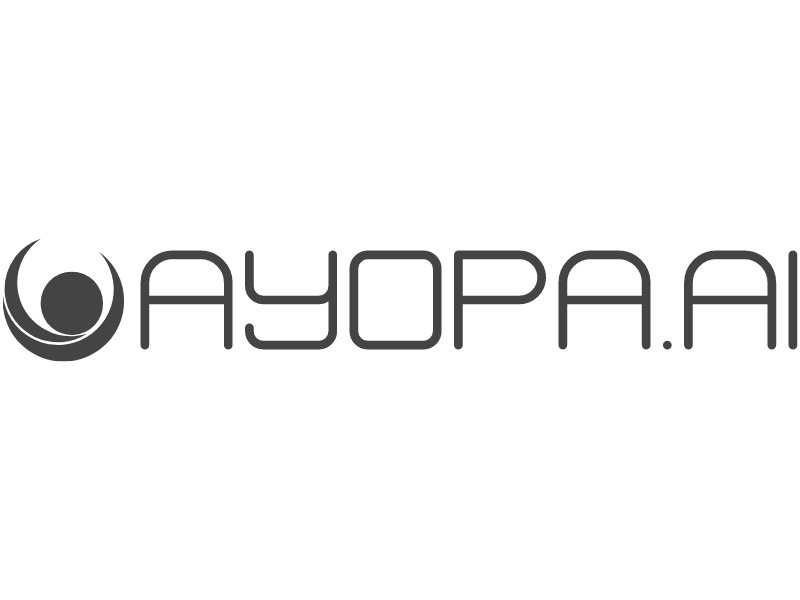Read an overview about Neurotechnology
Neurotechnology is a rapidly advancing field focused on developing tools and devices that interact with the brain and nervous system. Its goal is to understand, repair, enhance, or even mimic brain functions. By creating interfaces between the brain and machines, neurotechnology is transforming medicine, communication, and human-computer interaction in groundbreaking ways.
One of the most prominent developments in neurotechnology is the brain-computer interface (BCI). BCIs enable direct communication between the brain and external devices, allowing users to control computers, prosthetics, or other machinery using only their thoughts. This technology is especially beneficial for individuals with paralysis or neurodegenerative diseases like ALS. For instance, BCIs have allowed patients to type messages, operate robotic limbs, and even walk using exoskeletons—restoring a degree of independence and mobility.
Neurotechnology is also making significant contributions to the treatment of neurological and psychiatric disorders. Deep brain stimulation (DBS) is a well-established method that involves implanting electrodes in specific brain regions to treat conditions such as Parkinson’s disease, epilepsy, and obsessive-compulsive disorder. More recent advances are exploring non-invasive techniques like transcranial magnetic stimulation (TMS) and transcranial direct current stimulation (tDCS) to modulate brain activity and alleviate symptoms of depression, anxiety, and chronic pain.
In addition to therapy and rehabilitation, neurotechnology is enhancing our ability to study and map the brain. High-resolution neuroimaging tools such as functional MRI (fMRI), electroencephalography (EEG), and optogenetics provide deeper insight into how the brain processes information, makes decisions, and stores memories. This knowledge helps scientists develop more effective treatments and lays the groundwork for future cognitive enhancement technologies.
The field also intersects with emerging areas like artificial intelligence and virtual reality. AI-powered neurotech devices can interpret complex neural signals more accurately, while virtual environments combined with brain interfaces are being used for immersive therapy, training, and gaming experiences. Some companies are even developing wearable neurotech headsets that claim to boost focus, memory, and creativity by stimulating the brain with gentle electrical currents.
However, the rapid development of neurotechnology brings ethical and societal concerns. Issues such as privacy, consent, and the potential for cognitive manipulation must be addressed. There are also questions about access—who gets to benefit from these technologies—and the long-term impact of merging biology with machines.
Despite these challenges, neurotechnology holds immense promise. By connecting brains to devices, we are gaining new ways to heal, communicate, and understand ourselves. As the field progresses, it could redefine the boundaries between human thought and digital systems, opening a future where the mind and machine work together seamlessly.
